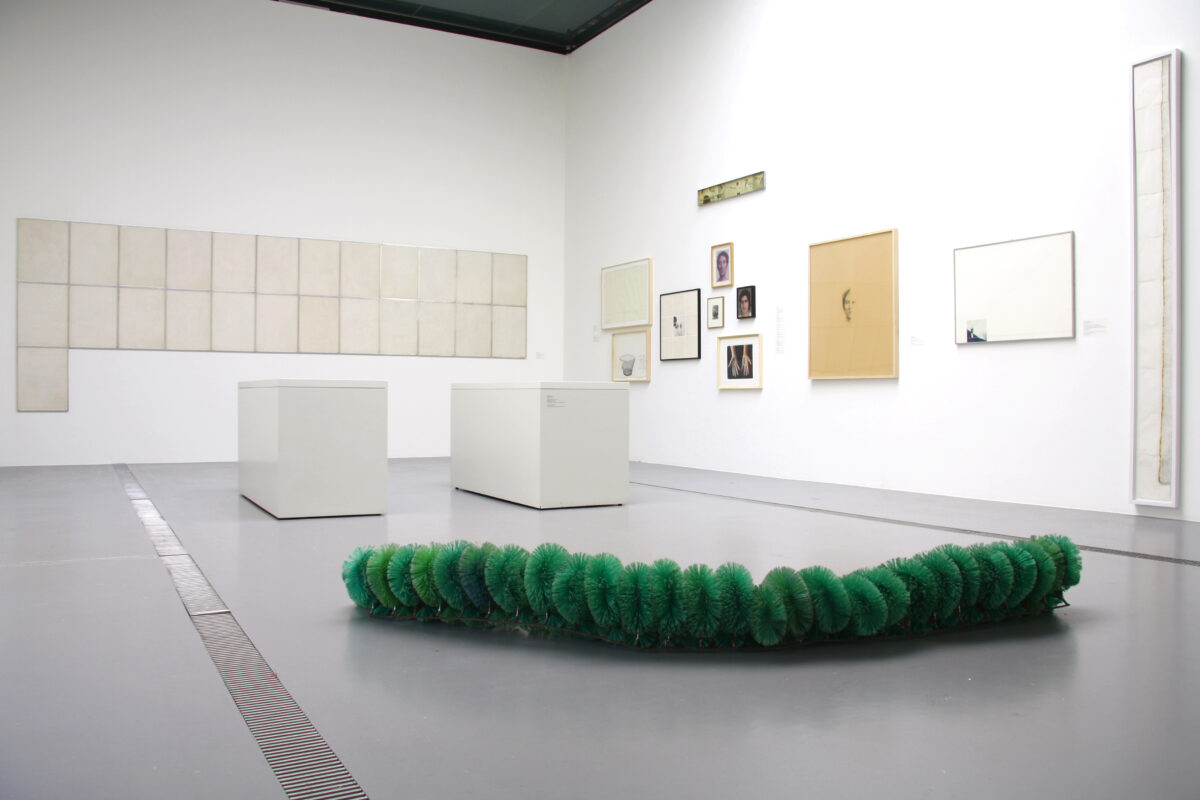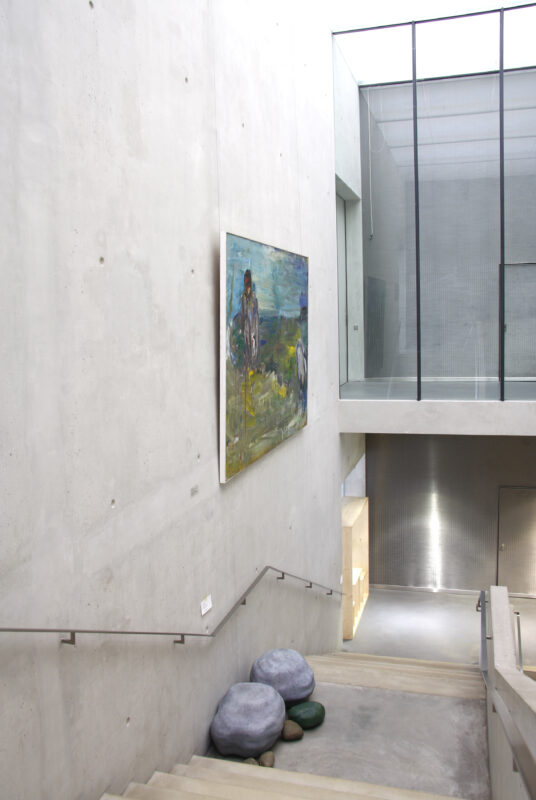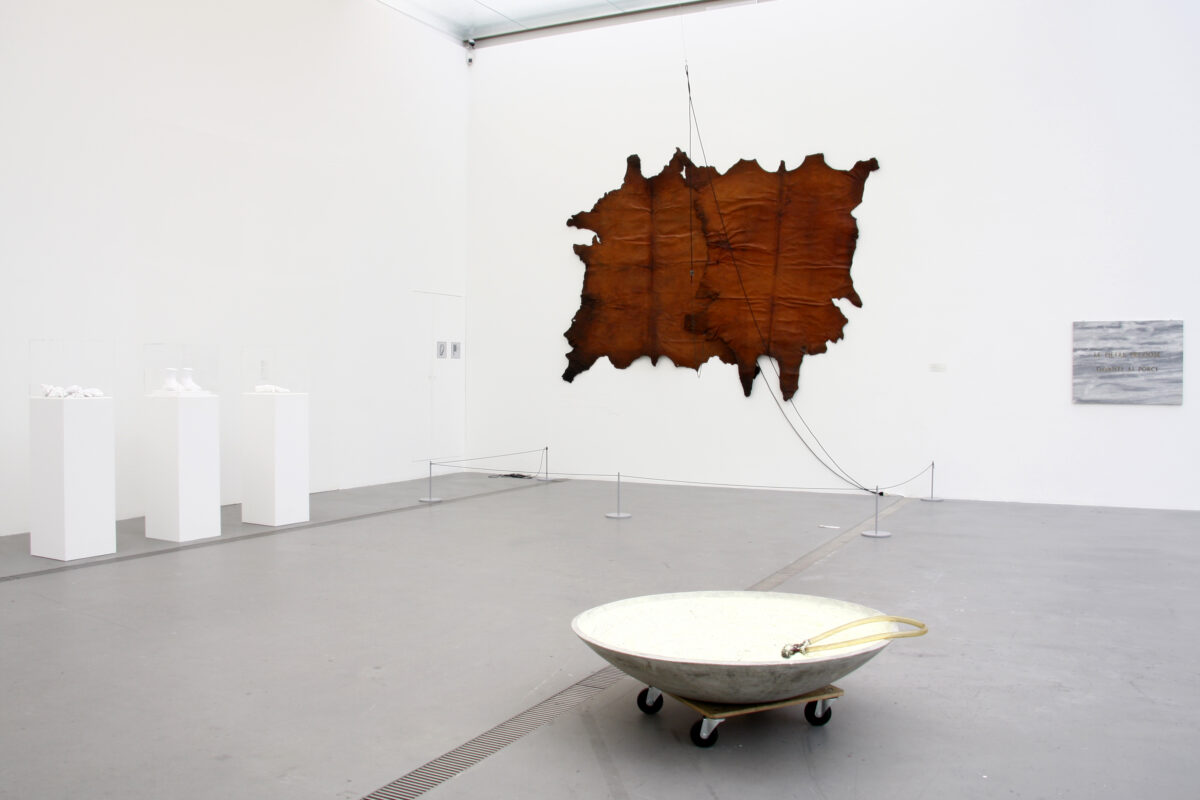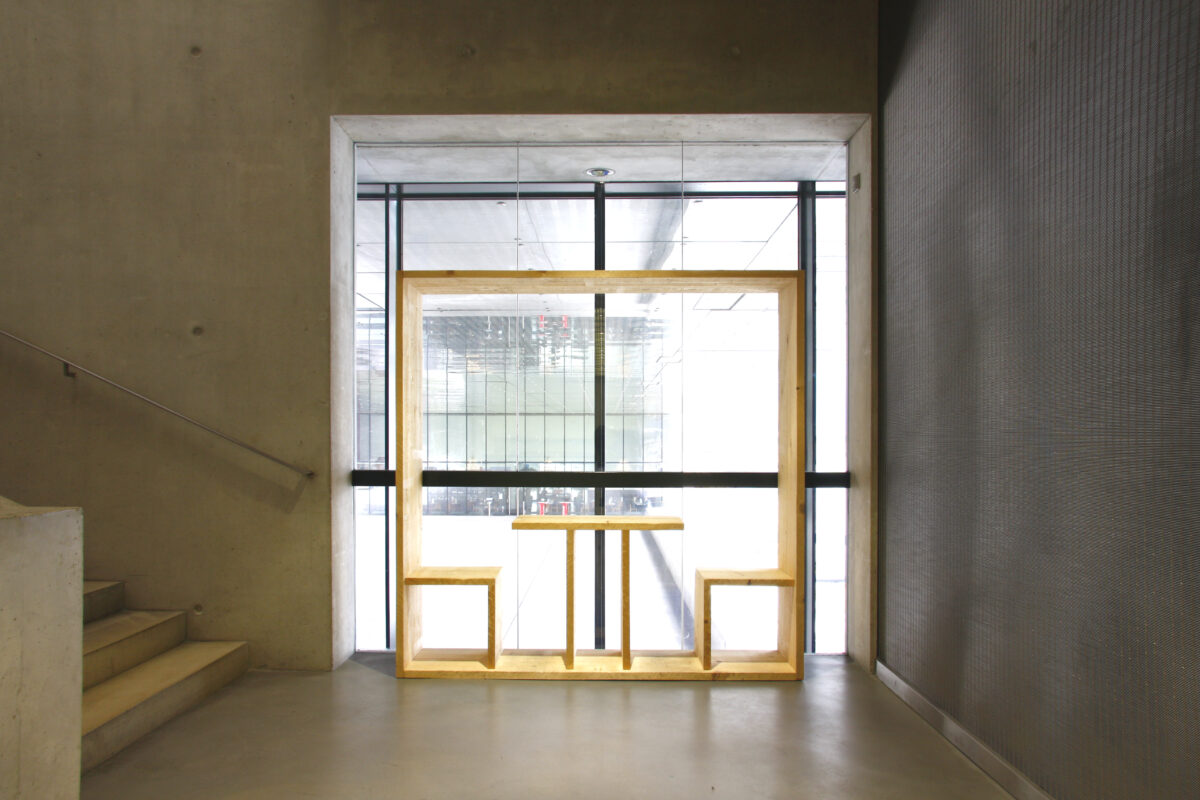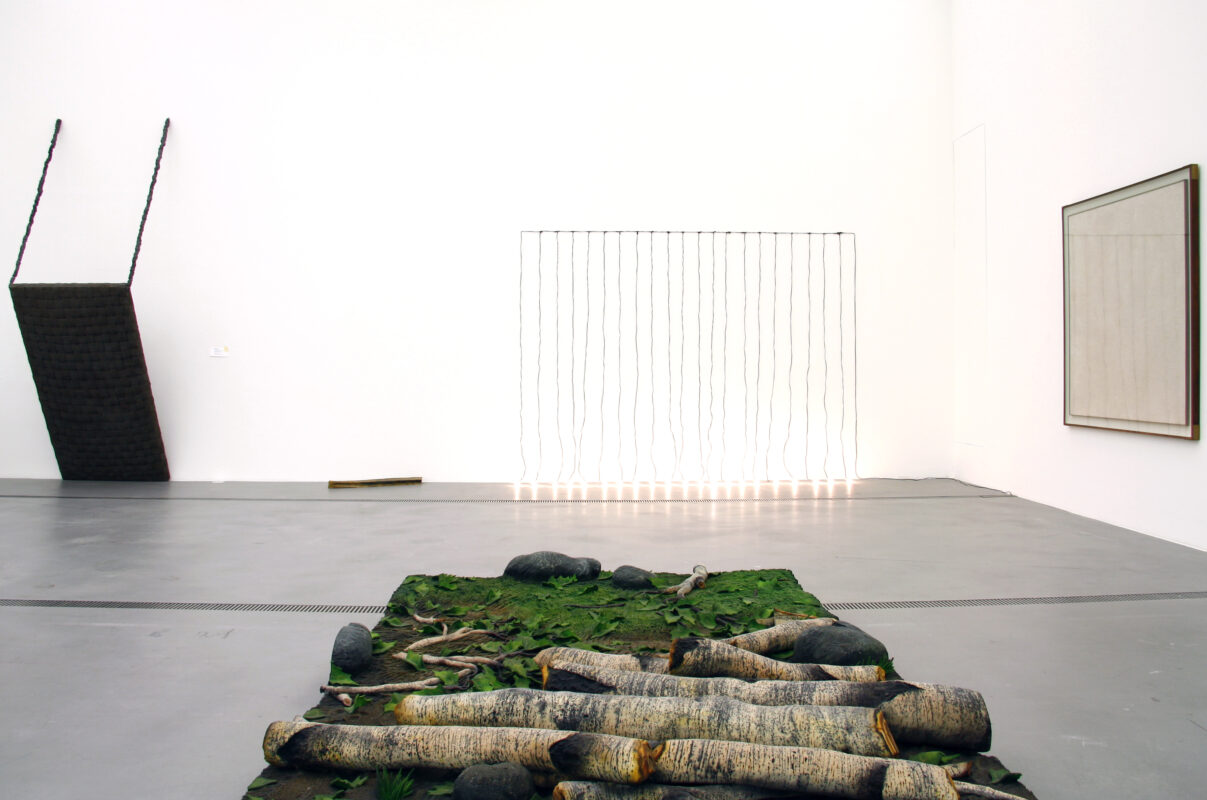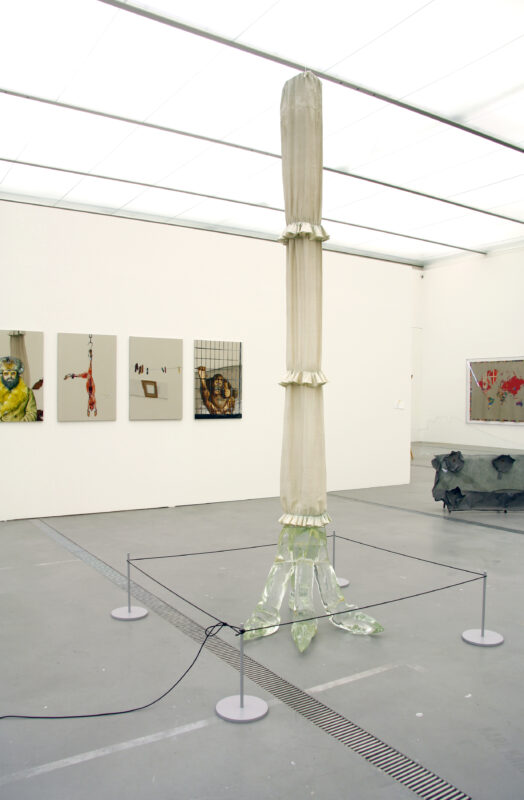Che fare? Arte Povera
A period in history
Do what? asks a major exhibition presenting Art povera with its most important representatives. With over one hundred works, the exhibition concentrates on the core period of the movement from 1967 to 1972.
The aim of artists such as Mario Merz, Alighiero Boetti, Jannis Kounellis or Michelangelo Pistoletto was to decrease the distance between the work and the viewer. The new art was to be simpler and more modest in its means, more authentic in its materials.
The exhibition centers around the themes of time, geology, energy and alchemy. Things and materials that are familiar and commonplace, mostly regarded as profane, become worthy of art: coal and plastic, plants and textiles, fire and ice – everything can become art. Sensuality, poetry and conceptual strategies enter into unique connections.
Che fare? is an overdue overview of a direction in art that has had a lasting impact on contemporary art up to the present.
Che fare? Arte povera. The Historical Years is a production of the Art Museum Liechtenstein, curated by Friedemann Malsch, Christiane Meyer-Stoll and Valentina Pero.
Artists
Giovanni Anselmo, Alighiero Boetti, Pier Paolo Calzolarim, Luciano Fabro, Piero Gilardi, Jannis Kounellis, Mario Merz, Giulio Paolini, Pino Pascali, Giuseppe Penone, Michelangelo Pistoletto, Emilio Prini, Salvo, Gilberto Zorio
